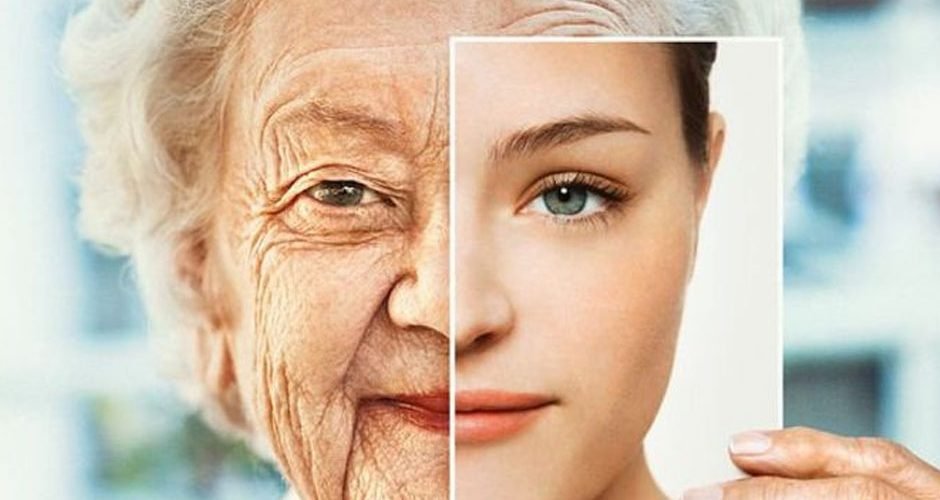Turning back the clock has long been people’s dream worldwide. It’s an idea in many cultures’ mythology, religion, and even sci-fi.
Researchers have demonstrated aging can be reversed in animals by resetting their cells’ genetics. This breakthrough has prompted scientists to start preparing for human trials.
Table of Contents
Stem Cell Therapy
The concept of aging reversal is fascinating and holds immense potential for human health and longevity. Stem cells can potentially treat both physiological and pathological aging. This is because stem cells can rejuvenate existing cells and restore a balance between cell growth and cellular senescence, a critical aging component.
Stem cells can also be infused into damaged tissue to enhance the body’s natural repair mechanisms. It may also help reduce the chronic low-grade inflammation associated with aging.
One of the most exciting recent developments in stem cell therapy is discovering ways to reverse cellular senescence. Researchers have transformed adult cells into pluripotent states using a cocktail of Yamanaka factors.
It means that adult cells can be turned back into stem cells and then reprogrammed to become any cell in the body. It has led to some astounding results, including the ability to regenerate new nerves in mice and improve vision. Scientists are now hoping to apply this technology to humans.
Anti-Aging Therapy
Anti-aging therapy aims to keep the body functioning at its peak capacity. It means strong muscles, a robust immune system, and a healthy brain. It can be achieved through various methods, including diet, exercise, supplements, and hormone replacement.
Scientists believe the key to preventing aging is how the body handles stress. They have found that certain drugs, such as everolimus and rapamycin-like drugs, can extend the lifespan of mice by reversing some aging effects.
However, scientists haven’t yet been able to reverse the signs of aging in humans. This is because it’s complicated to treat individual diseases as they appear, especially once the body clock has stopped ticking. Instead, a few scientists have begun to champion an ambitious new approach: rewinding the internal clock to delay or even prevent age-related diseases from manifesting in the first place. This is known as hormesis.
Hormone Replacement Therapy
Hormone replacement therapy (BHRT) aims to reverse aging by replacing the natural hormones that decline as you get older. These include estrogen, progesterone, and testosterone. Your doctor can prescribe BHRT through pills, creams, gels, pellets, or injections. Your doctor can also custom-create hGH, dehydroepiandrosterone (DHEA), and other bioidentical hormones to meet your unique needs.
In the past, doctors routinely prescribed these hormones to ease discomfort as women approached menopause. However, after extensive studies by the Women’s Health Initiative found that those who took estrogen-only HRT were more likely to have heart attacks, doctors stopped prescribing them.
Now, USC medical researcher Howard Hodis is determined to prove that the right mixture of hormones can help preserve a woman’s brain and heart. He has a multimillion-dollar National Institutes of Health study in the works, believing it will change how doctors think about hormones and women’s health. He’s hoping his research will also reopen the door to hormone replacement therapy for healthy women.
Lifestyle Changes
Changing your diet and exercise habits is another way to slow aging. Several studies have shown that eating a healthy diet, getting plenty of sleep, and exercising regularly can improve your health and lower your biological age.
Researchers have also found that lifestyle changes can profoundly affect the cellular level. In a 13-year study, Harvard scientists were able to rewind the genetic clock in mice by introducing DNA repairs and modifying epigenetic patterns. The mice looked younger and had fewer signs of aging, including deteriorating eyesight and shorter attention spans.
Scientists have attributed these results to epigenetic reprogramming, which is the resetting of gene expression. This phenomenon occurs when specific stressors like emotional or physical tension trigger a change in the methylation pattern of the genome. It can affect the function of chromosomes and the length of their telomeres, which protect them from damage and regulate how often they divide.





